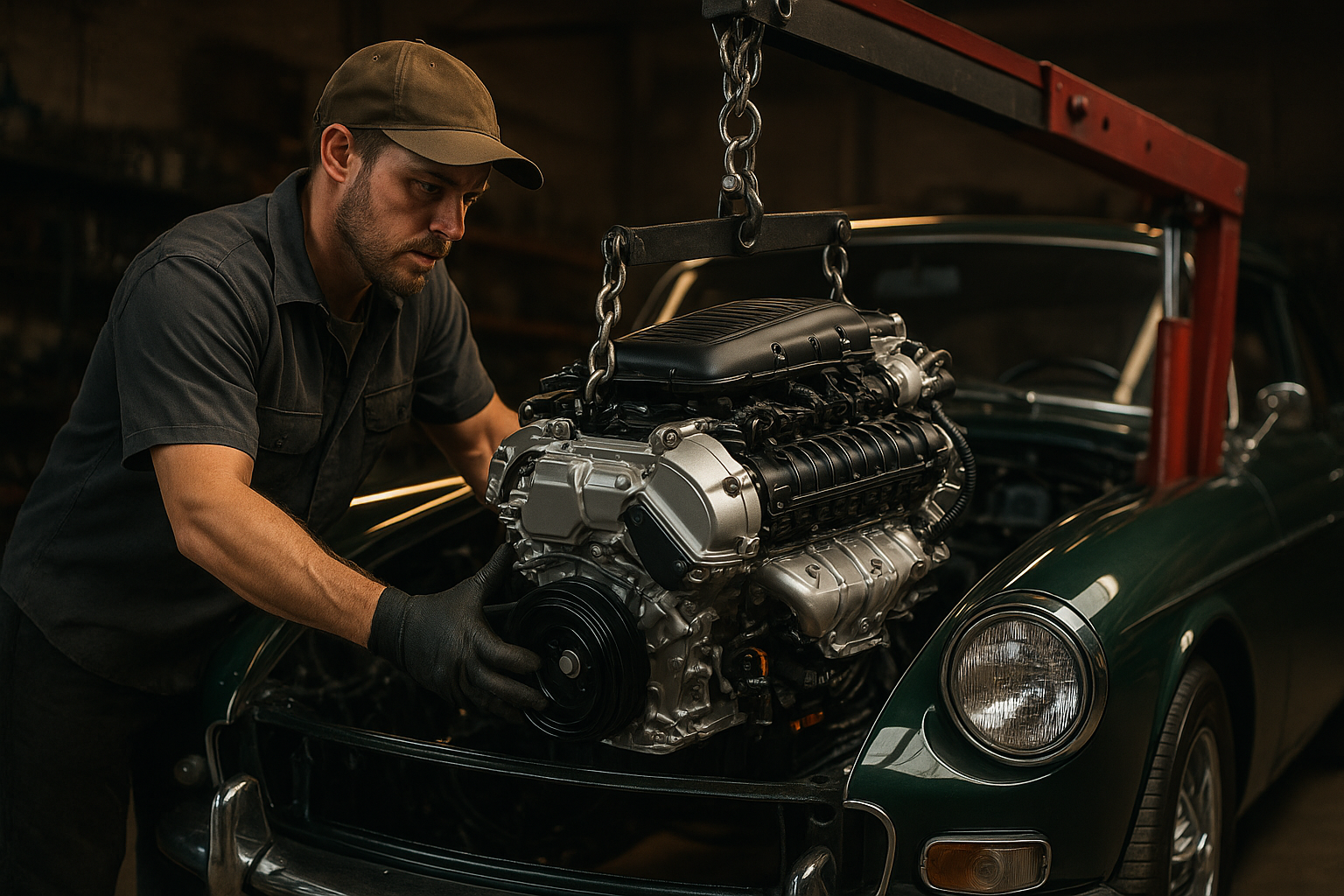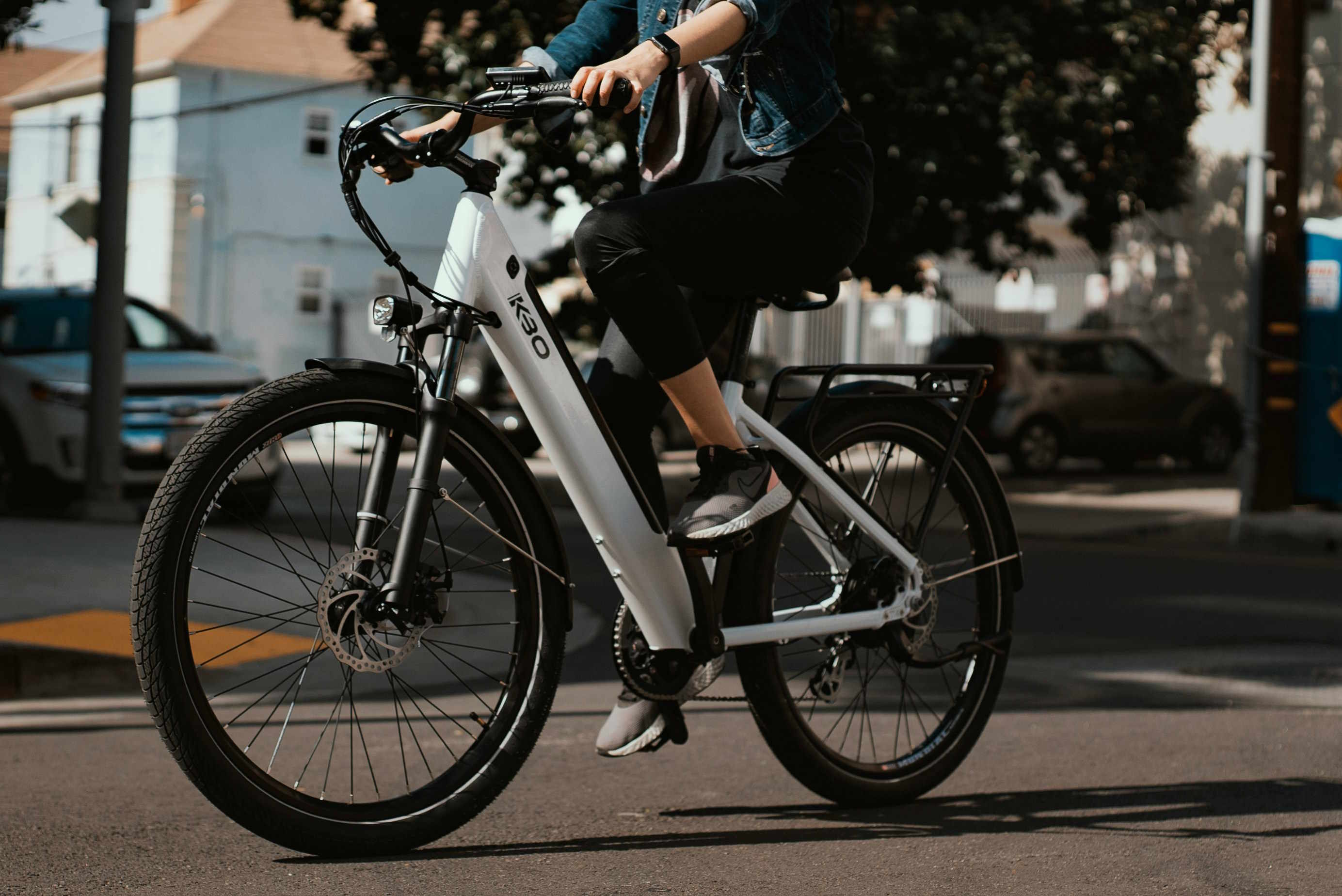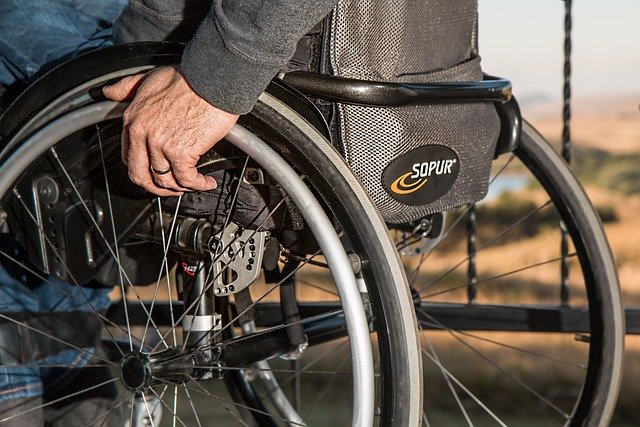Vintage Cars: History, Care, and Ownership Essentials
Classic and vintage cars hold cultural, historical, and aesthetic value that goes beyond simple transportation. Collectors and enthusiasts appreciate them for design, engineering, and the stories they carry from past decades. Whether you’re curious about identification, considering restoration, or thinking about ownership, understanding practical care, legal considerations, and realistic costs helps make informed decisions and preserves automotive heritage for future generations.

What defines a vintage car?
The term “vintage” can vary by region and context, but it generally refers to vehicles produced in the early 20th century up to the mid-20th century. Distinctions among terms like “veteran,” “vintage,” and “classic” depend on local registration rules and enthusiast groups. Identification looks at production year, design features, original materials, and historical significance. For ownership and registration, check local services or classic vehicle societies in your area to confirm how a vehicle is classified and whether any special documentation or inspections are required.
Basics of restoration and maintenance
Restoration ranges from light cosmetic work to full mechanical overhaul. Routine maintenance for a vintage car often includes regular oil changes with appropriate grade oils, cooling-system checks, brake inspections, and carburettor tuning where applicable. Sourcing correct parts can be a challenge: reproduction components, specialist suppliers, salvage parts, or custom-fabricated pieces may be necessary. Prioritise mechanical safety first—brakes, steering, lights—then address bodywork and trim. Documenting every step and keeping a clear record helps maintain provenance and can assist with future valuations or sales.
Buying and selling vintage cars
When buying, research model history, known issues, and typical restoration costs. Request service records, ownership history, and photos of chassis numbers or identifying plates. A physical inspection by a mechanic experienced with older vehicles is highly advisable. Sellers should be transparent about modifications and non-original parts. For both buyers and sellers, use local services such as classic car clubs, specialist brokers, or established auction houses for broader exposure and verification. Legal transfer processes differ by jurisdiction, so confirm registration and emissions rules in your area before completing a sale.
Storage, insurance, and legal considerations
Proper storage protects a vintage vehicle from moisture, pests, and temperature swings. A climate-controlled garage is ideal; if that’s not available, use breathable covers and regular inspection routines. Insurance for vintage cars often offers agreed-value policies and mileage limits tailored to collector use—compare specialist insurers that handle classic vehicles. Legal aspects include roadworthiness certificates, temporary movement permits, and emissions regulations that may affect eligibility for regular use. Always verify local legal requirements and keep documentation such as historic plates, inspection certificates, and proof of restoration work up to date.
Costs and budgeting for ownership
Owning a vintage car involves both predictable ongoing costs and occasional larger expenses. Routine running costs include fuel, insurance, storage, and maintenance parts. Unexpected costs can arise from rust repair, engine rebuilds, or sourcing rare body panels. As a general budgeting guide, set aside an annual maintenance fund equal to a modest percentage of the vehicle’s valuation, and plan a contingency reserve for restoration projects. Labour can be a significant portion of expense if specialist skills are required; consider a mix of professional work and self-maintenance based on your ability and the car’s needs. For long-term investment or enjoyment, balance realistic cost estimates with the vehicle’s historical and personal value.
This article aimed to explain core aspects of vintage cars—how they’re defined, maintained, bought, and legally managed—while outlining sensible budgeting considerations. Clear documentation, regular maintenance, and engagement with local specialist services and communities help preserve vintage vehicles and make ownership more manageable and rewarding.




